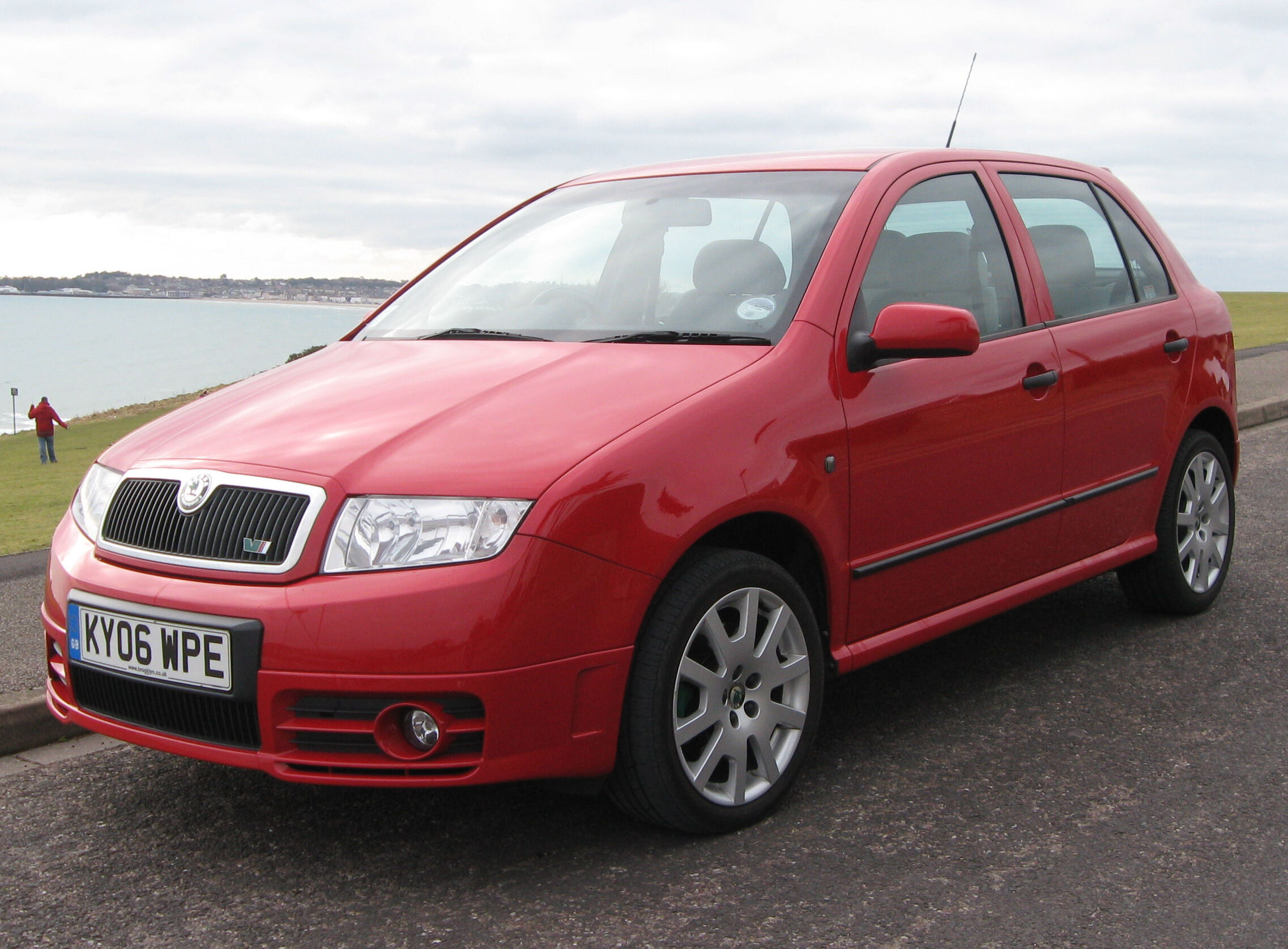
April 8, 2004 marked a milestone not just for Skoda Auto, but for the broader story of Eastern European automotive resilience. On that spring day, the one-millionth Skoda Fabia rolled off the assembly line—a proud symbol of both modern industrial capability and a long, winding legacy that stretches back to the heart of the 20th century.
Though often overshadowed by flashier marques in Western Europe, Skoda has emerged as one of the most quietly successful carmakers on the continent. The Fabia, introduced in 1999, was the company’s entry into the new millennium—a compact car engineered for practicality, built on Volkswagen Group underpinnings, and designed with Czech sensibility. Within just five years, it had earned the loyalty of a million drivers across Europe and beyond.
From Bicycles to Bavarian Ties

The story of Skoda begins in what is now the Czech Republic, but its roots are even deeper than the company’s official founding date of 1924. In the late 19th century, two Czech pioneers—mechanic Václav Laurin and bookseller Václav Klement—began producing bicycles under the Laurin & Klement name in 1895. Their enterprise quickly evolved into motorcycle and then automobile production. By the early 1900s, they were already producing competitive internal combustion vehicles.
In 1924, the Pilsen-based Skoda Works, a massive arms and engineering concern, absorbed Laurin & Klement and gave birth to the Skoda brand as an automobile manufacturer. This marked the beginning of the automaker’s modern history. Throughout the interwar period, Skoda became synonymous with quality engineering in Central Europe, producing a range of sedans, convertibles, and trucks.
Surviving War and Soviet Rule

Like much of Eastern Europe, Czechoslovakia’s postwar industrial output was repurposed under Soviet influence. While innovation often took a back seat to centralized control, Skoda managed to maintain a reputation for reliability. Models like the Skoda 1000 MB in the 1960s and later the rear-engined 105/120 series were fixtures in the Eastern Bloc and even found export markets in the West.
In contrast to Western automakers, Skoda and its Eastern counterparts were locked in a different race—producing simple, affordable cars for economies constrained by planned systems. Yet even under these limitations, companies like Skoda developed enduring vehicles that kept Europe moving.
The Fabia Era and Volkswagen’s Influence

By the late 1980s, as the Iron Curtain began to tear, Skoda was primed for transformation. In 1991, Volkswagen Group acquired a controlling stake in the company, recognizing the potential of a storied brand with untapped engineering talent. Under VW’s guidance, Skoda rapidly modernized, launching models like the Felicia and Octavia, and eventually, the Fabia in 1999.
The Fabia was an instant hit. Built on the same platform as the Volkswagen Polo, it offered Western-European quality at an Eastern-European price. Buyers found in the Fabia a car that was unpretentious, economical, and surprisingly well-equipped. It became a staple across European roads, serving families, commuters, and fleet operators alike.
That one-millionth unit in 2004 was more than just a numerical milestone—it was a testament to how far Skoda had come since the fall of communism, and how far it could go within the Volkswagen Group’s global network.
Eastern Europe’s Unsung Automakers

Skoda’s success stands in contrast to the mixed fortunes of other Eastern European automakers. Romania’s Dacia, for instance, followed a similar trajectory—partnering with Renault and becoming a global budget brand. In Yugoslavia, Zastava produced the once-ubiquitous Yugo, which became infamous in the West but remained a symbol of mobility for many Eastern Europeans.
Poland, too, has its own industrial stories. FSO (Fabryka Samochodów Osobowych), based in Warsaw, produced the compact Polonez and earlier, the licensed Fiat 125p. While FSO never achieved the international recognition of Skoda or Dacia, its cars were vital in Poland’s domestic market for decades. Sadly, the company fell into decline after the 1990s, with production finally ceasing in the 2010s.
Other Polish marques like FSM (Fabryka Samochodów Małolitrażowych) contributed to the country’s automotive scene, notably producing the beloved Fiat 126p—nicknamed “Maluch”—a tiny, rugged car that became a cultural icon of communist-era Poland.
Skoda Today: Pride of the Czech Republic

Today, Skoda is a global player within the Volkswagen family, producing stylish crossovers, electric vehicles, and sleek sedans. Yet it has never forgotten its roots. In Mladá Boleslav, the town that gave birth to the brand more than a century ago, Skoda continues to assemble millions of cars a year, now exported to over 100 countries.
The Fabia itself remains a key part of the lineup, having evolved through multiple generations with sharper design, cutting-edge tech, and more efficient powertrains. But no matter how advanced it becomes, it will always carry with it a little bit of that post-communist optimism that defined the first million units.
April 8, 2004 may not be etched in the minds of most car lovers, but for fans of automotive history—and for the Czech people—it remains a quiet triumph. One million Fabias later, Skoda had proven that a car born of Eastern Europe could not only survive the tides of history, but thrive in the face of them.





















